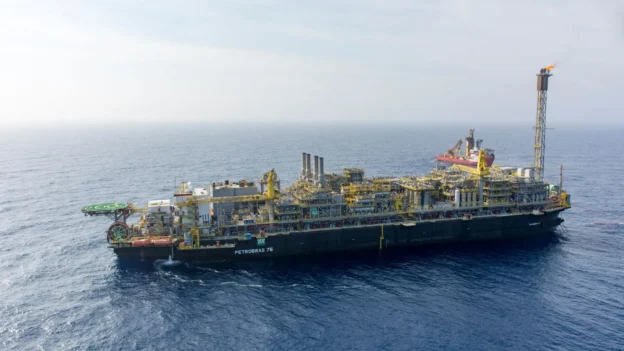The Búzios field, operated by Petrobras in the Santos Basin Petrobras in the Santos Basinsurpassed the 900,000 barrels of oil per day mark for the first time. This level puts the field closer to surpassing Tupi, the current national leader, and confirms the relevance of the pre-salt as the engine of the Brazilian energy industry.
Trajectory of the Búzios field since its discovery
Located about 180 kilometers off the coast of Rio de Janeiro, Búzios was discovered in 2010 and began operating in 2018. With wells at more than 2 thousand meters deep, its productive area is more than twice the size of Guanabara Bay. It currently has six active units, including platforms P-74, P-75, P-76, P-77 and the FPSOs Almirante Barroso and Almirante Tamandaré.
Company strategy and next steps
According to Petrobras’ president, Magda Chambriard, the growth is due to the increase in active wells, cost reduction and project simplification. The arrival of the new P-78 unit will further expand the extraction capacity.
Exploration and Production Director, Sylvia Anjos, emphasized that the size of the reserve allows for consistent progress and reinforces the projection that Búzios will take the lead by 2025.
The performance of Búzios strengthens the position of the company and its international partners CNOOC, CNPC and PPSA, responsible for management on a shared basis. In addition to the economic impact, the state-owned company underscores its commitment to reducing emissions reduction and to a just energy transition. The consolidation of Búzios as Brazil’s main producer will mark a new balance in the country’s oil sector.
Source and photo: Petrobras

